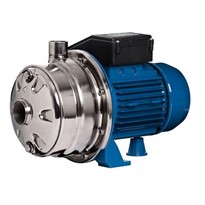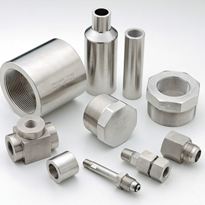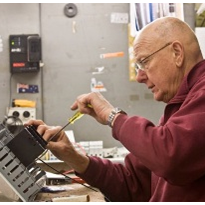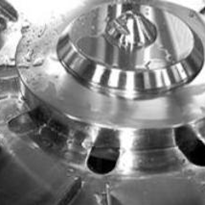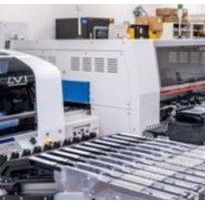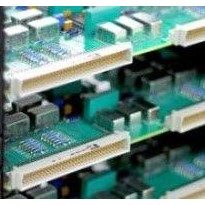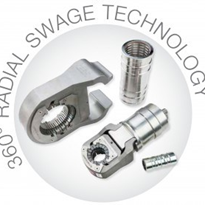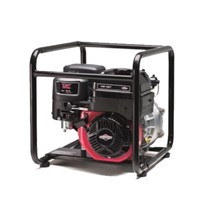A mixer is required to perform one or more of five major duties. These duties define most mixing applications and typically are;
1. Blending.
2. Suspension of solids.
3. Dispersion (liquid/liquid and liqud/solid).
4. Gassing.
5. Heat Transfer.
With the numerous variables that affect each of these duties and these being further complicated when the duties are combined, Unit Process Consulting personnel are able to assess the correct impeller type, positioning and power levels necessary to achieve the required outcome.
This information combined with the vessel geometry then determines the mechanical design of a mixer. Being such a critical part of the production process the company believes in a robust design to eliminate downtime and minimise maintenance.
The staff are able to offer the design, manufacture and supply of a complete range of mixing equipment to industry. The range of mixers includes sizes from pilot plant scale to production vessels, from liquids with low viscosities to applications involving pastes and from 0.25 kW to 100 kW (and above in certain applications). All of its mixers are custom designed to your requirements.
Along with these services for the supply of new mixers the staff are also able to assist with the evaluation and upgrading of existing equipment and trouble shooting with problem installations.
Unit Process Consulting combines process know-how with mixing technology and the complete range of mixers and impeller designs to optimise your results.
The impeller used on a mixer is the most important component of all. It is the type of impeller, its size and rotational speed that determines the specifications of every other component of the mixer. Further, there is no particular impeller type that performs all mixing tasks adequately.
There are a great number of different impellers and the selection of the correct mixer for the duty is essential to the performance of your production line. Below are some examples the more common types of impellers and turbines typically used in industry:
1. H3000
Description: - Axial flow impeller, which produces high flow for a relatively low power.
Applications: - Low viscosity blending, heat transfer, storage tanks and silos and solids suspension.
2. H5000
Description: - High solidity impeller producing high flow for moderate power.
Applications: - Medium to high viscosity blending and gassing applications.
3. T4450
Description: - Relatively high power consumption when used in medium to high viscosity ranges. Imparts medium levels of shear.
Applications: - Medium to high viscosity blending and low level mixing.
4. T4490
Description: - High specific power consumption.
Applications: - Low level mixing.
5. High shear impeller
Description: - Multi tipped impeller used at high peripheral speeds. Imparts high levels of shear.
Applications: - Used for solids dispersion typically in the paint and ink industries.
6. Specials
A number of less common impeller types are found in more specific applications for example emulsifiers, anchor and spiral impellers for high viscosity products, retreat blade turbines and gate type flocculator impellers.



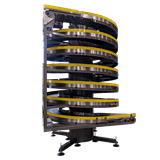
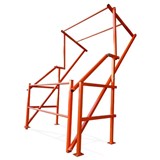

-160x160-state_article-rel-cat.png)





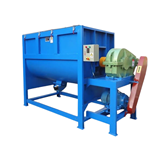


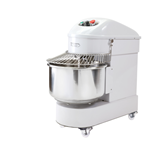
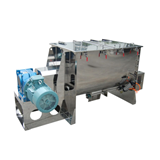


-160x160-state_article-rel-cat.png)




